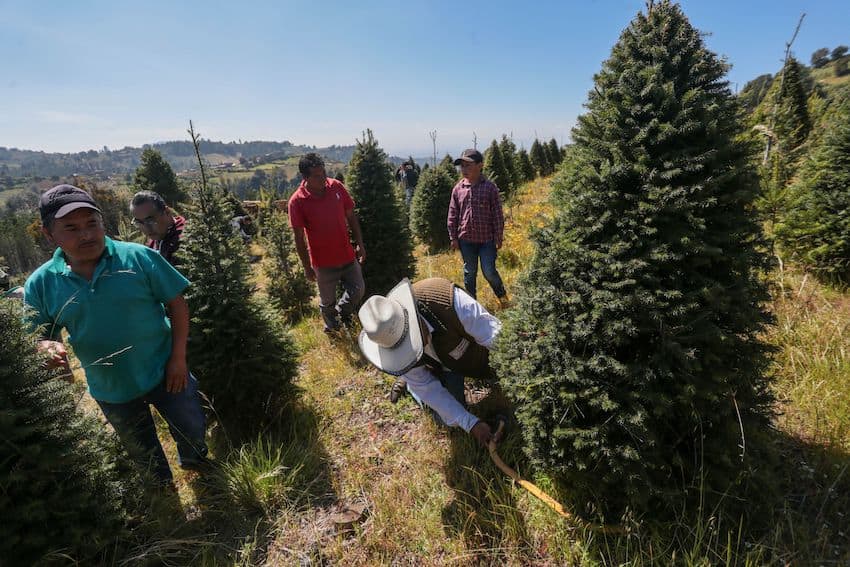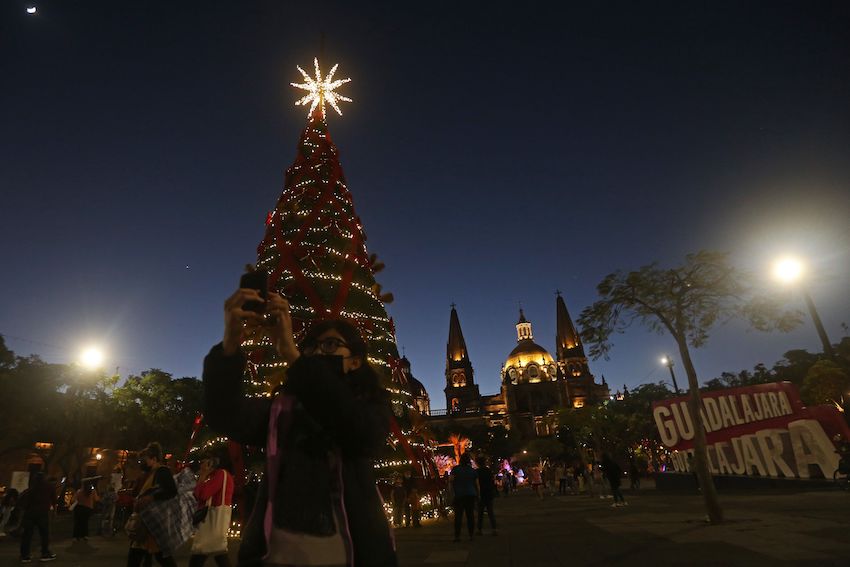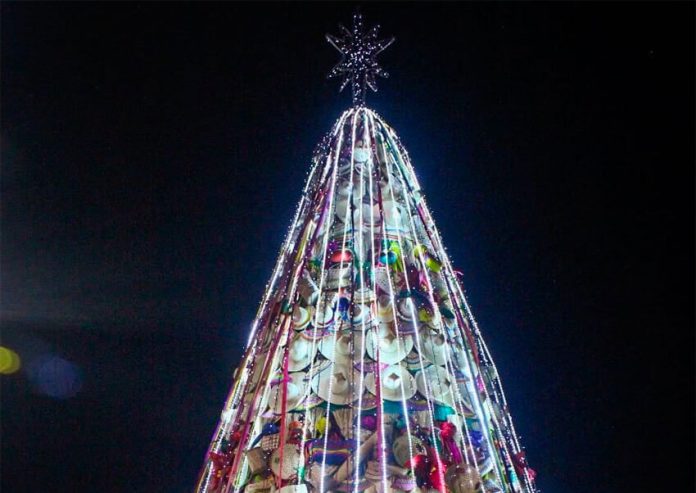The Christmas tree is one of the most recognized holiday symbols across the world, and Mexico is no exception.
Different theories exist about how this seasonal decoration arrived in Mexico. While some sources say the tradition of putting up a Christmas tree in Mexico originated during the Second Mexican Empire, other sources say the tradition was brought in by German families who settled in the country in the early 1800s.

While there is no conclusive story of how the Christmas tree tradition began in Mexico, this is what we know.
Origins of the Christmas tree tradition in Mexico
From the ancient Romans to the Celts in northern Europe and the Vikings in Scandinavia, evergreen trees have played an important cultural role during the winter months. Spruce, fir, hemlock and pine trees attracted admiration for being the only varieties that remained green during the freezing winter months, and ancient cultures duly decorated doors and windows with their prickly boughs.
Some even believed evergreens would keep away ghosts, witches, evil spirits and illness.
But the Christmas tree tradition as we know it today dates back to the 8th century, when Saint Boniface used an evergreen tree to convert pagan Germans to Christianity. According to the story, Boniface cut down an oak tree dedicated to Thor in the village of Geismar which residents thought was indestructible. After reading the Gospel, he offered a fir tree as a sign of peace that represented eternal life, adorning it with apples and candles.

However, other sources say that it was Protestant reformer Martin Luther who first decorated an evergreen with candles.
Whichever the true story, Australian religious historian Carole Cusak told National Geographic in 2020 that German emigrants spread the tradition to other countries and by the 18th century, evergreen trees were used as Christmas decorations all over Europe.
The Second Mexican Empire and the Christmas tree
In 1864, Austrian archduke Maximilian I and his Belgian wife, Empress Charlotte, arrived in Mexico in an attempt to establish a monarchy in the country. Backed by Napoleon III, the Austrian archduke and brother-in-law of Elisabeth (nicknamed Sisi), the Empress of Austria and Queen of Hungary, lived in Mexico for a little over two years.
Still, this brief monarchy was enough to leave traces of Austrian culture in Mexico’s history and traditions.
Durante las fiestas decembrinas de 1864, Maximiliano de Habsburgo y la emperatriz Carlota recibieron a la aristocracia mexicana en el Castillo de Chapultepec, maravillándolos con un gran árbol ataviado de esferas, luces y otros lujosos adornos traídos desde Europa. pic.twitter.com/JfsI6U2IyU
— Fideicomiso Centro Histórico de Ciudad de México (@Centro_CDMX) December 26, 2023
During this time, sources say the couple were the first ones in Mexico to bring a Christmas tree into their home in the Chapultepec Castle. According to some references, Mexico’s elite adopted the novelty but stopped doing so after Maximilian was shot in 1867.
Other references indicate that German families in Mexico were already setting up Christmas trees long before Maximilian arrived in the country.
Ultimately, sources say that the Christmas tree tradition was reinstated in Mexico after Mexican newspapers shared the news that General Miguel Negrete had set up one in his home.
With reports from Revista Central and AD Magazine
